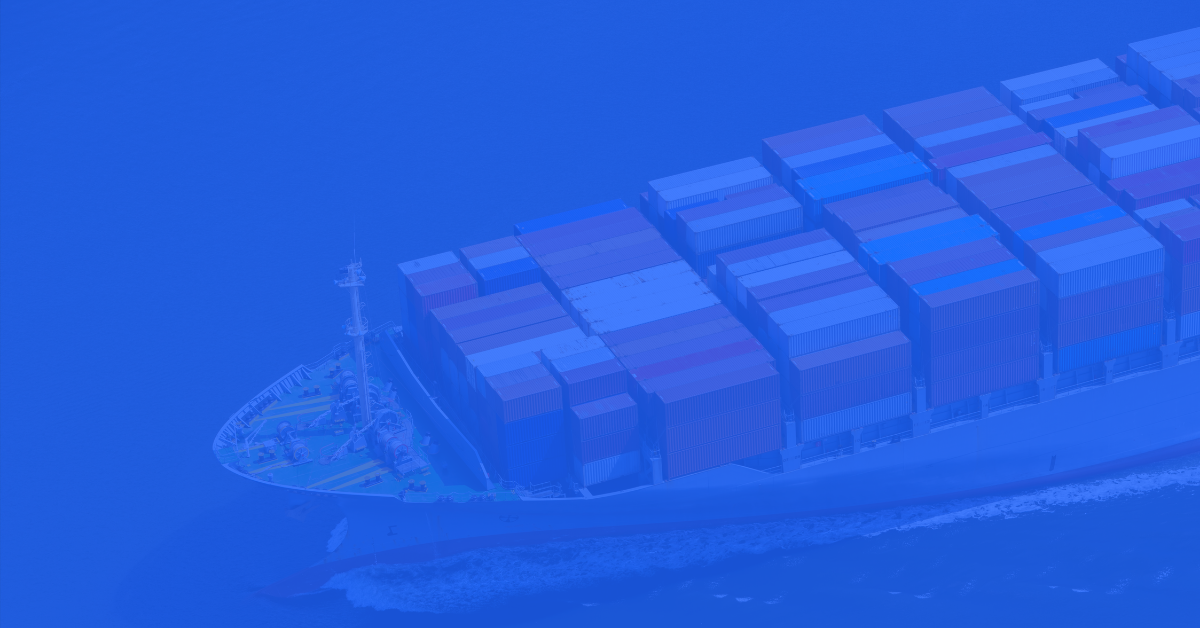The fluctuation and large container rate deltas we are currently experiencing are due to a severe fragmentation of the ocean container market, in particular on the trans-Pacific. Over the past four years one could safely assume a relatively homogeneous spot price regardless of the origin, destination, time of booking, or space guarantee. This is no longer the case. Therefore, all indices will report different levels. It’s not black or white.
Pricing now depends on various factors. It’s extremely important to note that “one size does not fit all”. It all depends on what kind of shipper/freight forwarder you are. The price a customer can achieve will therefore depend on how they answer the following questions:
- Do you need it tomorrow?
- Did you book in advance?
- Does your cargo need to travel through a congested origin/destination port?
- Are you procuring carrier-direct or via a freight forwarder?
- How good are your carrier relationships?
Right now, on the trans-Pacific, shipping a container from China can be as much as USD 2500 cheaper than shipping a container from Japan and USD 3000 cheaper than shipping a container from Singapore. Therefore, a shipping index which includes only Chinese Exports, like the Shanghai Container Freight Index (SCFI), is naturally lower than one that includes all Far East exports, like our Xeneta Shipping Index (XSI), which is still naturally cheaper than one that also includes Southeast Asian export, like the Freightos Baltic Index (FBX). These considerations alone can result in price differentials of thousands of dollars.
Similarly, the value of a shipping guarantee has ballooned from a few hundred dollars to an average price of USD 2500, with some carriers charging substantially more than that. This explains the price differentials between indices that include such surcharges (FBX, Drewry) and others that do not (SCFI, Platts). If, additionally, the booking is not performed with significant lead time, then the scramble for capacity can drive prices to astronomical levels, USD18,000-20,000 which is often quoted (FBX). The latter explains the recent outlier situation the FBX reported versus the other indices. Interestingly, we also observe that not all market players necessarily see all the different market levels. Some smaller or less attractive customers are defaulted to the more costly premium options.
Because of these considerations, shipping a container across the trans-Pacific, particularly, can be as cheap as USD 5,500 or as high as USD 20,000.
Therefore, when using a shipping index or performing a benchmarking exercise it is crucial to fully understand what you are benchmarking against and what you are trying to achieve. At Xeneta, we collect and aggregate thousands of rate sheets from global shippers and freight forwarders. Therefore, we have the privilege to see first-hand and analyze all these various price levels and market factors that are driving the current volatility. This enables us to give an accurate-as-possible view on rates.
In order to address the current fragmentation and help shippers, freight forwarders and the market in general, Xeneta will hold frequent customer Webinars, disseminate market commentaries to the entire industry, and update our platform data and methodology. Our goal is to help explain this market, highlight the nuisances, and bring transparency to this fragmented mess that is the current ocean logistics pricing. Stay tuned.







